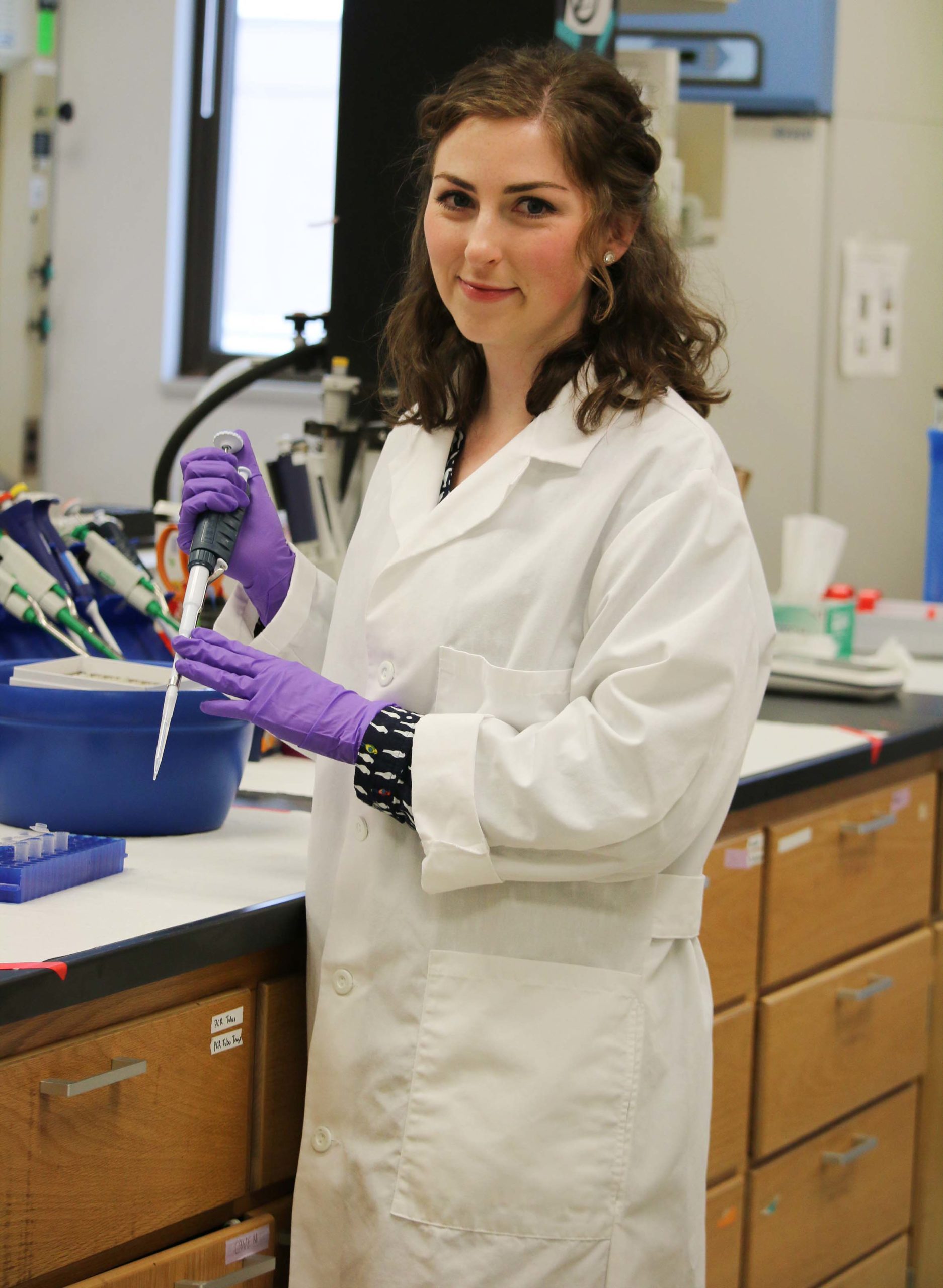Postdoc's work pinpoints which birds pose food safety risk to crops
Concerns over foodborne risk from birds may not be as severe as once thought by produce farmers, according to research from the University of California,

Davis, that found low instances of E. coli and Salmonella prevalence.
One of the authors is EEB member Olivia Smith, a postdoctoral researcher in the Center for Global Change and Earth Observations.
While the research found that the risk is often low, it varies depending on the species. Birds like starlings that flock in large numbers and forage on the ground near cattle are more likely to spread pathogenic bacteria to crops like lettuce, spinach and broccoli, according to the study of food safety risk and bird pathogens. In contrast, insect-eating species were less likely to carry pathogens.
The findings, published in the journal Ecological Applications, suggest that the current practice of removing bird habitats around produce growers’ farms over concerns the animals could bring foodborne pathogens into their fields may not solve the problem.
“Farmers are increasingly concerned that birds may be spreading foodborne diseases to their crops,” said Daniel Karp, assistant professor in the UC Davis Department of Wildlife, Fish, and Conservation Biology. “Yet not all bird species are equally risky.”
Only one foodborne disease outbreak in produce has been conclusively traced to birds: a Campylobacter outbreak in peas from Alaska. While the bacteria can cause diarrhea and other foodborne illness in humans, it’s less of a concern to growers than E. coli and Salmonella, which have been responsible for multiple outbreaks across the nation.
In this study, researchers compiled more than 11,000 bacteria tests of wild bird feces and found that Campylobacter was detected in 8 percent of samples. But pathogenic E. Coli and Salmonella were only found in very rare cases (less than 0.5%).
Insect-eating birds that forage in the tree canopy pose a minimal threat because they are less likely to carry foodborne pathogens and come into direct contact with produce. They can also be valuable parts of the ecosystem, particularly if they eat pests that can harm crops. Installing bird boxes could attract the pest-eaters, as well as help with conservation efforts.
“We basically didn’t know which birds were problematic,” said lead author Olivia Smith, a postdoctoral researcher at Michigan State University who was at University of Georgia when the paper was written. “I think this is a good step forward for the field.”
Smith is mentored by Catherine Lindell in the center and integrative biology, and Jen Owens in fisheries and wildlife.
Read more from UC Davis.



